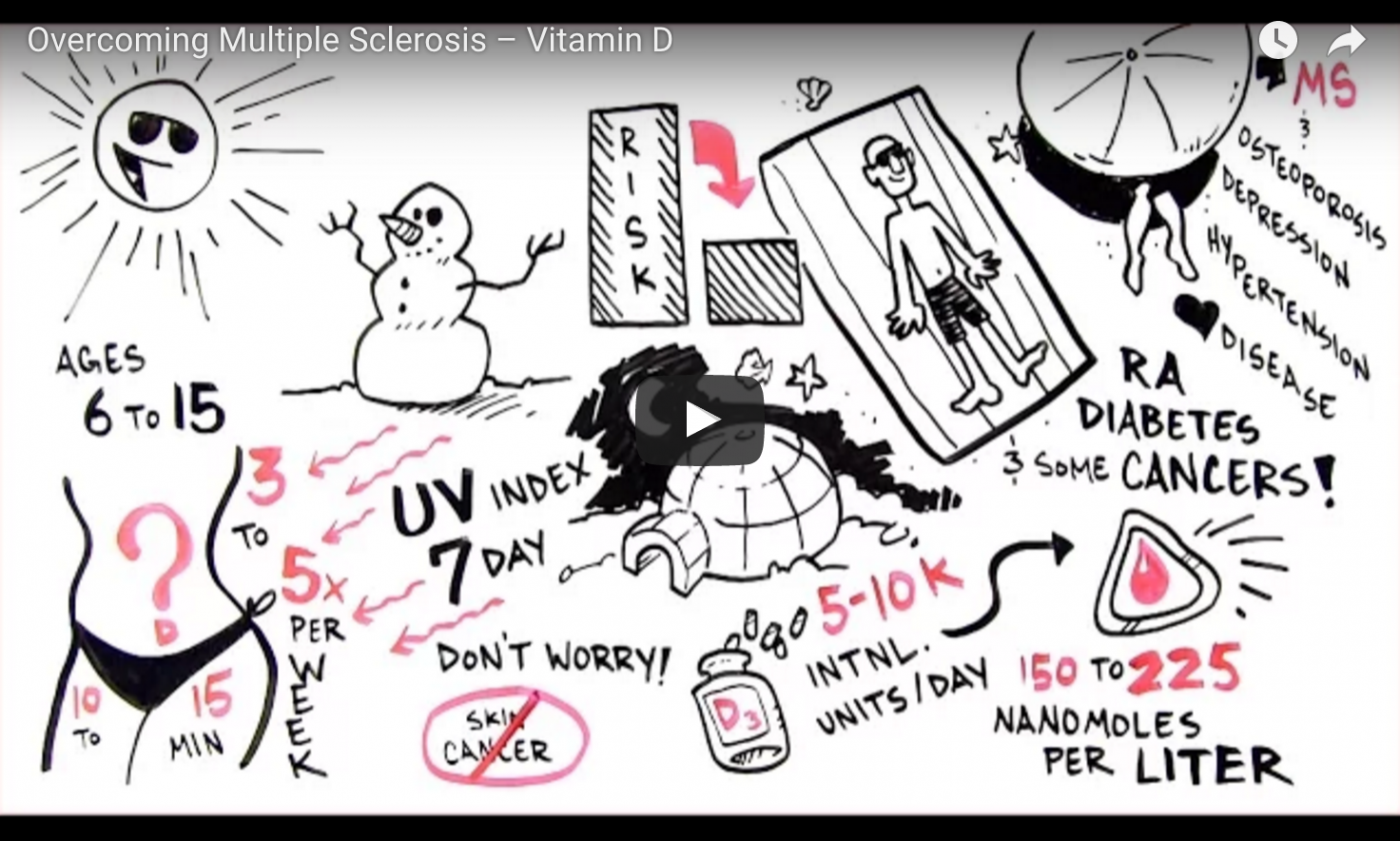
Vitamin D
“Dose of sunshine exposure could cut the risk of cancer by a fifth,” reports The Daily Telegraph.
Researchers in Japan looked at whether people with higher levels of vitamin D – the so-called “sunshine” vitamin – in their blood were less likely to be diagnosed with cancer.
They found overall cancer risk was 22% lower among those with the highest vitamin D levels, compared with those with the lowest levels.
They also looked at figures for specific cancers, and found a lower risk of liver cancer for people with higher vitamin D.
The study was fairly large, including results from 7,345 people. People had their vitamin D levels measured once, and were followed for an average of 15 years.
Vitamin D is made by the skin when exposed to sunlight, but is also present in oily fish, egg yolks and red meat.
It’s widely available as a supplement and is already known to play a role in keeping bones strong. If taken at the recommended dosage, supplements are thought to be very safe.
Some groups of the population are at greater risk of not getting enough vitamin D and are advised to take daily vitamin D supplements.
Find out more about vitamin D and who may benefit from taking a daily vitamin D supplement.
Where did the story come from?
The research was carried out by a team from Japan, from the National Cancer Centre, Shiga University of Medical Science, and Fujirebio Inc, a company that makes tests for vitamin D, along with other medical tests.
It was funded by the National Cancer Center, grants from the Japanese Ministry of Health, Labour and Welfare, Practical Research for Innovative Cancer Control, and the Japanese Agency for Medical Research and Development.
It was published in the peer-reviewed British Medical Journal on an open access basis, so it’s free to read online.
The coverage in the UK media was reasonable, although the Mail Online cherrypicked the most arresting statistic for its headline: “Increasing levels of vitamin D can cut the risk of liver cancer by up to 50%”.
The Mail Online also said that the effect of vitamin D was more evident in men than women. This directly contradicts the research findings, which state there was “no evidence of a significant effect” between the sexes.
What kind of research was this?
This was a case cohort study, in which researchers include all people within a research cohort with the outcome of interest (cancer in this case) and a representative sample of the rest of the cohort to compare them with.
This allows them to focus on the outcome of interest without having to include the data from a very large initial cohort.
Cohort studies can find useful links between factors, such as vitamin D and cancer, but can’t prove that one factor directly causes another.
What did the research involve?
Researchers used information from a large Japanese public health study involving 140,420 people.
Adults aged 40 to 59 were invited to take part in 1990 and 1993, and were followed until the end of 2009.
At the start of the study, they filled in questionnaires about their health and lifestyle and gave blood samples, which were later tested for vitamin D levels.
Researchers selected people who’d been diagnosed with cancer during the study and for whom data was available (3,301).
They then randomly selected an additional 4,044 people from the cohort not diagnosed with cancer during the study and for whom data was available.
They divided everyone into 4 quarters, from lowest to highest vitamin D levels.
They looked at how likely people were to have been diagnosed with cancer, compared with those in the group with the lowest vitamin D levels.
Vitamin D levels are higher in the summer and autumn than in spring and winter, so the researchers adjusted people’s vitamin D results to account for the time of year they were taken.
They also adjusted their figures to take account of:
age
sex
body mass index (BMI)
leisure time physical activity
smoking
alcohol
family history of cancer
history of diabetes
For the analysis of breast, ovarian and womb cancer, they adjusted figures for:
the age women started their periods
number of children
use of female hormones
menopausal status
age at menopause
What were the basic results?
People with higher levels of vitamin D were less likely to get cancer. Those in the highest group had a 22% lower chance of having been diagnosed with cancer than those in the lowest group (hazard ratio (HR) 0.78, 95% confidence interval (CI) 0.67 to 0.91).
When researchers looked at individual cancers, such as gastric, colon and prostate cancer, they found no statistically significantevidence that vitamin D was linked to lower cancer rates.
The one exception was for liver cancer, where they did find a statistically significant difference in risk.
People with the highest vitamin D levels were 55% less likely to be diagnosed with liver cancer than those with the lowest (HR 0.45, 95% CI 0.26 to 0.79).
But there was some uncertainty in this result, as seen by the wide confidence interval.
The researchers found some evidence that breast cancer before the menopause might be affected by vitamin D levels, but the numbers were too small to be sure the results weren’t down to chance.
Interestingly, the biggest differences in overall cancer risk were seen between the lowest and second-lowest groups for vitamin D levels.
The highest group didn’t show any improvement over the third group. This suggests that, above a certain level, additional vitamin D doesn’t reduce cancer risk.
How did the researchers interpret the results?
The researchers say their results “support the hypothesis that vitamin D may confer protection against the risk of cancer”.
They say the figures “seem to show a ceiling effect”, and more studies are needed to work out the best level of vitamin D for protection against cancer.
Conclusion
The study adds some evidence in favour of the theory that vitamin D may protect against cancer, in addition to its known role in helping the body absorb calcium and keeping bones strong. Previous studies have been inconsistent, with no clear results.
But this study’s findings aren’t conclusive. It has a number of limitations:
it was carried out in Japan, and vitamin D concentrations vary by ethnicity as well as by region
the results may not be particularly relevant to people outside Japan
the study only measured vitamin D levels once, and they may vary over time
cohort studies can’t prove that one factor directly causes another – researchers may not have accounted for all potential confounding factors
Guidelines in the UK suggest that people take vitamin D during the autumn and winter, when it’s hard to get enough vitamin D from the sun in the UK, while some people should take them year-round.
Find out more about whether you should take a vitamin D supplement.




